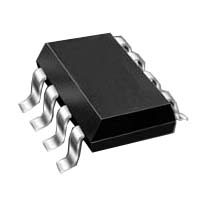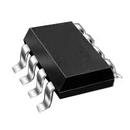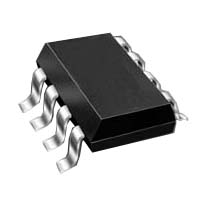ICM7555 CMOS 555 Timer, Surface mount x 50
SOIC, SOT-96-1
Product Code: CS0313
$20.00
Pay it in 4 payments of $5.00 with
50 x ICM7555
The ICM7555 is a CMOS timer providing significantly improved performance over the standard NE/SE555 timer, while at the same time being a direct replacement for those devices in most applications. Improved parameters include low supply current, wide operating supply voltage range, low THRESHOLD, TRIGGER, and RESET currents, no crowbarring of the supply current during output transitions, higher frequency performance and no requirement to decouple CONTROL_VOLTAGE for stable operation.
10+ $1.10 ea
The ICM7555 is a stable controller capable of producing accurate time delays or frequencies. In the one-shot mode, the pulse width of each circuit is precisely controlled by one external resistor and capacitor. For astable operation as an oscillator, the free-running frequency and the duty cycle are both accurately controlled by two external resistors and one capacitor. Unlike the NE/SE555 device, the CONTROL_VOLTAGE terminal need not be decoupled with a capacitor. The TRIGGER and RESET inputs are active LOW. The output inverter can source or sink currents large enough to drive TTL loads or provide minimal offsets to drive CMOS loads.
Features:
- Exact equivalent in most applications for NE/SE555
- Low supply current: 80 uA (typical)
- Extremely low trigger, threshold, and reset currents: 20 pA (typical)
- High-speed operation: 500 kHz guaranteed
- Wide operating supply voltage range guaranteed 3 V to 16 V over full automotive temperatures
- Normal reset function; no crowbarring of supply during output transition
- Can be used with higher-impedance timing elements than the NE/SE555 for longer time constants
- Timing from microseconds through hours
- Operates in both astable and monostable modes
- Adjustable duty cycle
- High output source/sink driver can drive TTL/CMOS
- Typical temperature stability of 0.005 pct / Cel at 25 Cel
- Rail-to-rail outputs
Applications:
- Precision timing
- Pulse generation
- Sequential timing
- Time delay generation
- Pulse width modulation
- Pulse position modulation
- Missing pulse detector




